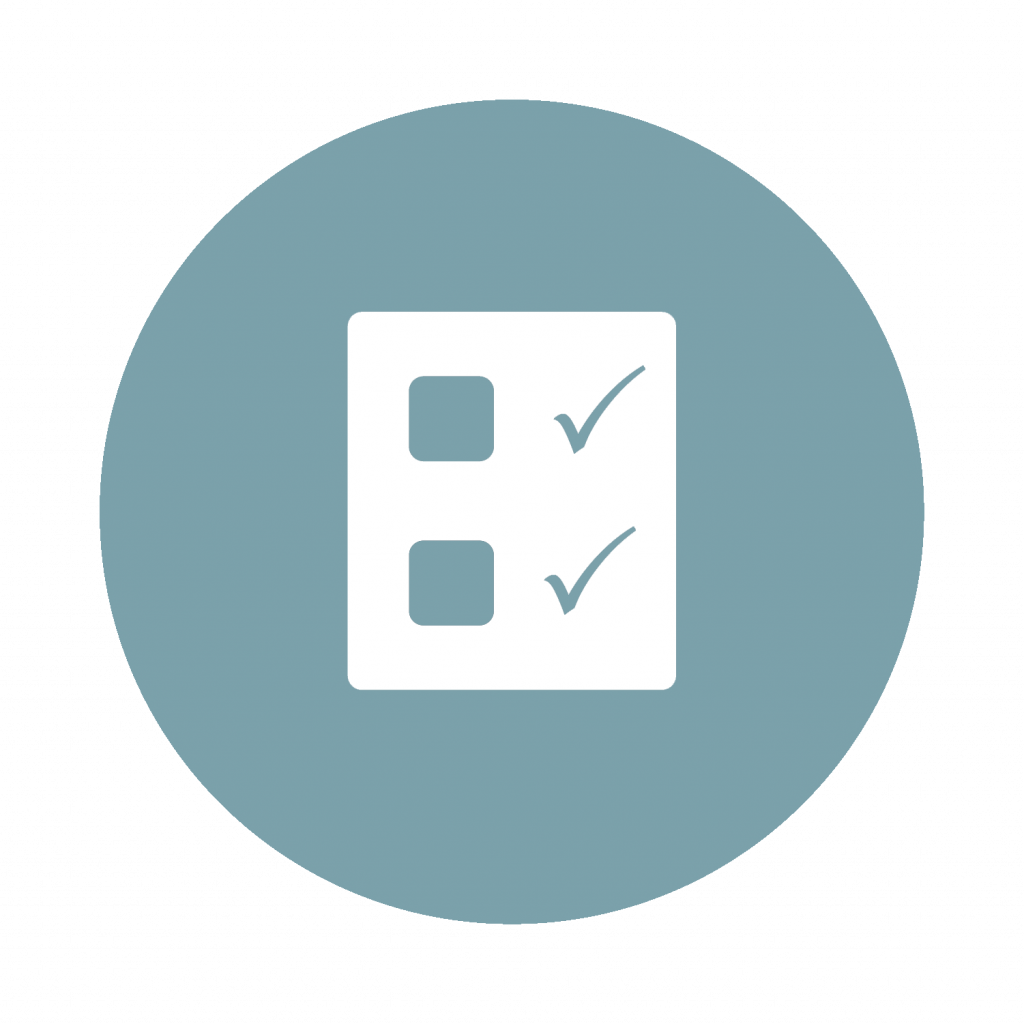12.4 Key Takeaways, Knowledge Check and Key Terms
 Key Takeaways
Key Takeaways
In this chapter, we learned that:
- A profession is an occupation that involves mastery of complex knowledge and skills through prolonged training, education, or practical experience. Professionalism, on the other hand, involves the aims and behaviors that demonstrate an individual’s level of competence expected by a professional within a given profession.
- Respecting our coworkers is one of the most essential keys to developing a positive organizational experience. There are many simple things we can do to show our respect, but one crucial feature is thinking about the types of langue we use.
- Personal responsibility refers to an individual’s willingness to be accountable for what they feel, think, and behave. Part of being a successful coworker is taking responsibility for your behaviors, communication, and task achievement in the workplace.
- Ethics is defined as a set of values that define right and wrong.
- There are four levels of ethical issues.
- First, societal issues deal with bigger items such as taking care of the environment, capitalism, or embargos.
- The second level of ethical issues is stakeholder issues. These are the things that a stakeholder might care about, such as product safety.
- Internal policy issues are the third level of ethical issues. This includes things like pay and how employees are treated.
- Personal issues, our last level of ethical issues, refer to how we treat others within our organization.
- There are sources of personal ethics and sources of company ethics. Our personal sources of ethics may come from the models we had in our childhood, such as parents, or from experiences, religion, or culture. Companies use values statements and codes of ethics to ensure everyone is following the same ethical codes, since ethics vary from person to person.
- We can use a variety of models and frameworks to help us in ethical decision making.\
- Philosophers look at ethical frameworks following a utilitarian approach, common good approach, rights approach, and the virtue approach. These approaches provide a framework for sound ethical decision making.\
- The Twelve Questions Model encourages us to ask questions such as who this decision affects to determine the best ethical choice.
- Another model by Corey et al. discussed has the following 8 steps:
- identify the problem,
- identify the potential issues involved,
- review relevant ethical guidelines,
- know relevant laws and regulations,
- obtain consultation
- consider possible and probable courses of action,
- list the consequences of the probable courses of action, and
- decide on what appears to be the best course of action.
- Social responsibility is defined as the duty of business to do no harm to society.
- There are four levels of social responsibility as follows:
- economics, or the responsibility of the business to be profitable;
- the responsibility to meet the legal obligations—businesses must comply with the law and regulations;
- companies have a responsibility to act ethically and morally and to choose the action that causes the least, if any, harm; and
- finally, philanthropic is the idea that businesses should give back, either in time, money, or goods, to the community in which they serve.
- People used to believe that the relationship between social responsibility and the community was an inverse one, where if companies benefited society, it came at economic cost to them. Recent research has pointed out that in fact creating shared value (CSV) actually benefits both parties and not at a cost to one or the other.
- ISR or individual social responsibility refers to our awareness of how our actions affect the community as a whole. ISR can include volunteering time, giving money, and standing up for issues that affect the rights of others
Knowledge Check
Review your understanding of this chapter’s key concepts by taking the interactive quiz below.
 Key Terms
Key Terms
Key terms from this chapter include:
- Profession
- Professionalism
- Excuse-making
- Cyberslacking
- Ethics
- Societal issues
- Stakeholder's issues
- Internal policy issues
- Personal issues
- Values statement
- Code of conduct
- Whistleblower
- Utilitarian approach
- Rights approach
- Common good approach
- Virtue approach
- Social responsibility
- Creating shared value
- Individual social responsibility
A profession is an occupation that involves mastery of complex knowledge and skills through prolonged training, education, or practical experience. See 12.1 Professionalism
Professionalism involves the aims and behaviors that demonstrate an individual’s level of competence expected by a professional within a given profession. See 12.1 Professionalism
Excuse-making occurs any time an individual attempts to shift the blame for an individual’s behavior from reasons more central to the individual to sources outside of their control in the attempt to make themselves look better and more in control. See 12.1 Professionalism
Cyberslacking is the non-work-related use of social media while on the job, and it's seen as a problem in many organizations and workplaces. However, some research shows that occasional use of technology for personal reasons while at work can have positive effects, as it may relieve boredom, help reduce stress, or lead to greater job satisfaction. See 12.1 Professionalism
The word “ethics” actually is derived from the Greek word ethos, which means the nature or disposition of a culture (OED, 1963). From this perspective, ethics then involves the moral center of a culture that governs behavior. For our purposes, ethics is the judgmental attachment to whether something is good, right, or just. See 12.2 Ethics
There are four levels of ethical issues. First, societal issues deal with bigger items such as taking care of the environment, capitalism, or embargos. See 12.2 Ethics
The second level of ethical issues is stakeholder issues. These are the things that a stakeholder might care about, such as product safety. See 12.2 Ethics
Internal policy issues are the third level of ethical issues. This includes things like pay and how employees are treated. See 12.2 Ethics
Personal issues, our last level of ethical issues, refer to how we treat others within our organization. See 12.2 Ethics
A values statement is the organization’s guiding principles, those things that the company finds important. A company publicizes its values statements but often an internal code of conduct is put into place in order to ensure employees follow company values set forth and advertised to the public. See 12.2 Ethics
The code of conduct is a guideline for dealing with ethics in the organization. The code of conduct can outline many things, and often companies offer training in one or more areas. See 12.2 Ethics
Someone who informs law enforcement of ethical or illegal violations is called a whistleblower. Like a person, a company can have ethics and values that should be the cornerstone of any successful person. See 12.2 Ethics
The utilitarian approach says that when choosing one ethical action over another, we should select the one that does the most good and least harm. See 12.2 Ethics
In the rights approach, we look at how our actions will affect the rights of those around us. So rather than looking at good versus harm as in the utilitarian approach, we are looking at individuals and their rights to make our decision. See 12.2 Ethics
The common good approach says that when making ethical decisions, we should try to benefit the community as a whole. See 12.2 Ethics
The virtue approach asks the question, “What kind of person will I be if I choose this action?” In other words, the virtue approach to ethics looks at desirable qualities and says we should act to obtain our highest potential. See 12.2 Ethics
Social responsibility is the duty of business to do no harm to society. In other words, in their daily operations, businesses should be concerned about the welfare of society and mindful of how its actions could affect society as a whole. We know that social responsibility doesn’t always happen and profits are sometimes put first. See 12.3 Social Responsibility
Creating shared value (CSV) is the premise that companies and the community are tied closely together, and if one benefits, they both benefit. For example, if companies donate money to schools, it actually benefits both the community and the company in that a better educated workforce can be profitable for the company in the long run. See 12.3 Social Responsibility
ISR (individual social responsibility) is defined as an individual being aware of how personal actions have an effect on the community. See 12.3 Social Responsibility


